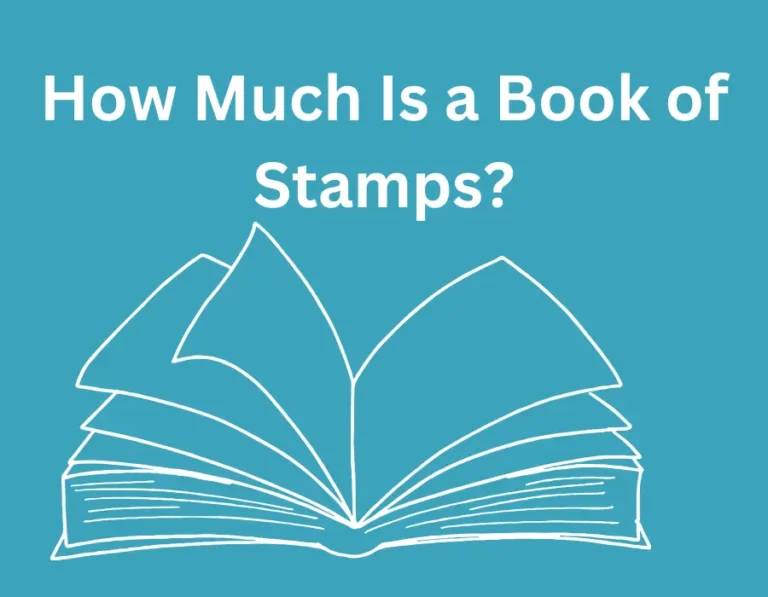The Art and Evolution of the Cursive Alphabet
The cursive alphabet functions as an expression of three fundamental elements including human communication methods and artistic capabilities as well as educational processes. The development of cursive writing throughout history starting with ancient scripts demonstrates how we formed our paper-based self-expression methods.
The cursive alphabet functions as a prized ability despite increased use of digital messaging because it combines graceful writing with cultural worth and mental advantages. The current article traces the developmental journey and organizational patterns alongside real-world uses of the cursive alphabet as we know it today.
The Origins of Cursive Writing
Penmanship practice using cursive develops from the Latin word cursivus which means “running” or “flowing” to form letter connections without pen lifts.
The writing technique was created because writing letters individually required too many pen lifts during the process. Cursive originated in ancient societies because scribes needed more efficient methods to register information.

Ancient Scripts and Early Forms
The earliest forms of cursive writing appeared in ancient Rome, where scribes used a script called cursiva romana for everyday documents. Similarly, in ancient Egypt, hieratic and demotic scripts were cursive forms of hieroglyphics, designed for quicker writing on papyrus. In China, cursive calligraphy, known as caoshu, emerged as an artistic and practical alternative to the more rigid kaishu script.
Medieval and Renaissance Influence
The Middle Ages brought forth new scripts such as Carolingian minuscule which advanced cursive writing by making it more distinct and uniform. During the Renaissance period European writers in Italy adopted the Italic script as their main script for formal objectives while also using it for informal tasks. Modern cursive writing gained its shape due to the emergence of copperplate engraving during this same time.
The Structure of the Cursive Alphabet
The flow of connected letters distinguishes the cursive alphabet because its forms separate greatly from print letters. Familiarizing with cursive techniques demands students to learn the different letter shapes and their interconnecting patterns for constructing words. We will analyze the cursive alphabet structure through following points.:
Lowercase Letters
Lowercase cursive letters are the foundation of cursive writing. They are designed to flow seamlessly into one another, with specific entry and exit strokes. For example:
- a: Starts with a small curve, loops around, and connects to the next letter.
- b: Begins with an upward stroke, forms a loop, and extends downward.
- c: A simple curve that flows into the next letter.

Uppercase Letters

The initial requirement for uppercase cursive letters is their elaborate design which serves both opening sentence and proper name functions. Their connection to following letters remains minimal while their handwriting continues to flow easily between strokes. Examples include:
- A: A large loop with a crossbar.
- B: Two distinct loops stacked vertically.
- C: A sweeping curve with a slight flourish.
Connecting Letters
The beautiful aspect of cursive handwriting exists in its ability to unite different letters into continuous strokes. The writing letters follow a specific design which generates an unbroken text line. Mastering the letter transitions involves learning how the loop in an “o” should connect with the starting point of a “v.”
The Role of Cursive in Education
For centuries, cursive writing was a cornerstone of education, taught to children as an essential skill. However, its role in modern education has become a topic of debate.
Historical Importance
At the beginning of the twentieth century and throughout most of the nineteenth century cursive writing functioned as proof of both intelligence and elegance. Schools invested significant focus on handwriting since students devoted numerous hours to practice their cursive letters.
The Palmer Method emerged in the late 19th century to become the primary education tool in American schools which taught rhythmic and uniform penmanship.
Decline in Modern Education
With the advent of typewriters, computers, and smartphones, the need for cursive writing diminished. Many schools began to prioritize keyboarding skills over penmanship, and by the early 21st century, cursive was no longer a mandatory part of the curriculum in many countries. Critics argue that cursive is outdated and less practical in a digital age.
The Aesthetic Appeal of Cursive
Cursive writing is often celebrated for its beauty and elegance. Its flowing lines and graceful curves make it a popular choice for calligraphy, invitations, and artistic projects.
Calligraphy and Art
Cursive forms the basis of many calligraphic styles, from traditional copperplate to modern brush lettering. Artists and designers use cursive to create visually stunning works that convey emotion and sophistication.
Personal Handwriting
In an age of digital communication, handwritten notes in cursive carry a sense of intimacy and thoughtfulness. A handwritten letter or card stands out as a personal and meaningful gesture.
Learning and Practicing the Cursive Alphabet
For those interested in learning or relearning cursive, the process requires patience and practice. Here are some tips for mastering the cursive alphabet:
The Future of Cursive Writing
As technology continues to shape how we communicate, the future of cursive writing remains uncertain. However, its enduring appeal and benefits suggest that it will not disappear entirely.
Digital Adaptations
Some educators and designers are finding ways to integrate cursive into the digital world. For example, cursive fonts are widely used in graphic design, and apps now offer interactive ways to learn cursive writing.
A Revival of Interest
In recent years, there has been a resurgence of interest in cursive writing, driven by a desire to preserve traditional skills and reconnect with the past. Many parents and educators are advocating for its return to school curricula.
If you are interested in revolutionizing mathematics education, you must read our complete guide on Dr Frost Maths and enjoy the insights. Just click here to read it!
FAQs
Why is cursive no longer taught?
Schools focus more on typing and digital skills, so cursive is less of a priority in modern education.
What is the new cursive alphabet?
There isn’t a “new” cursive alphabet, but some schools teach simplified cursive styles for readability.
Does Gen Z use cursive?
Mostly no. Gen Z prefers typing, and many were never taught cursive in school.
Why is cursive dying out?
With technology taking over, people write by hand less often, making cursive less useful in daily life.
Conclusion
The cursive alphabet serves multiple functions beside writing since it connects our legacy to modern times while offering artistic writing possibilities. The alterations of its educational applications and daily task usage do not diminish its important worth.
The cursive alphabet maintains its ability to fascinate and inspire people through all practical needs and historical knowledge and esthetic appreciation combined. The digital era’s dominance of electronic communication allows us to remember through cursive handwriting the elegant power of written text.






